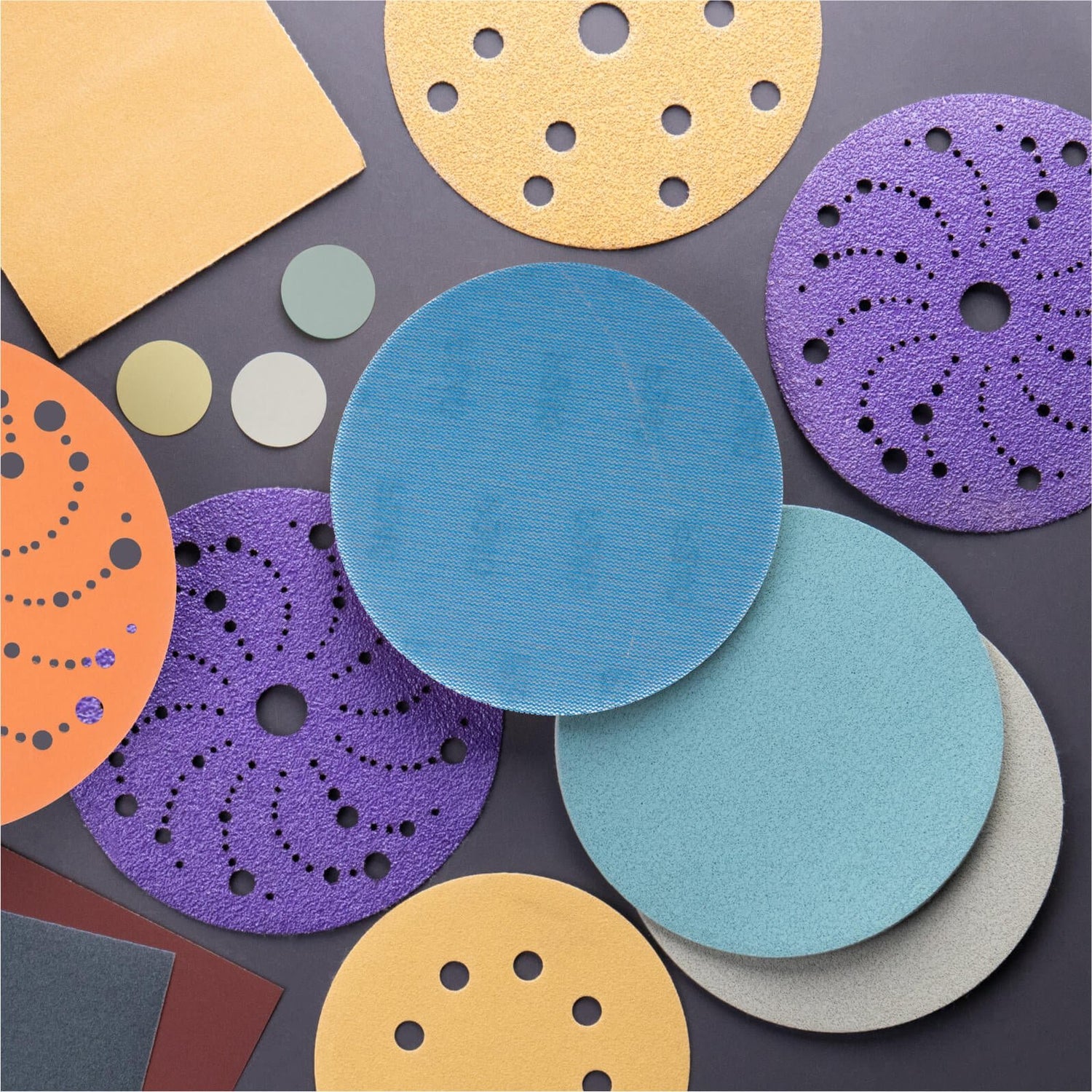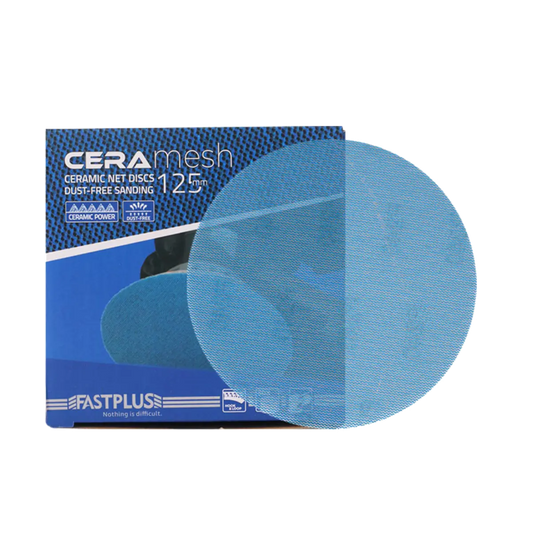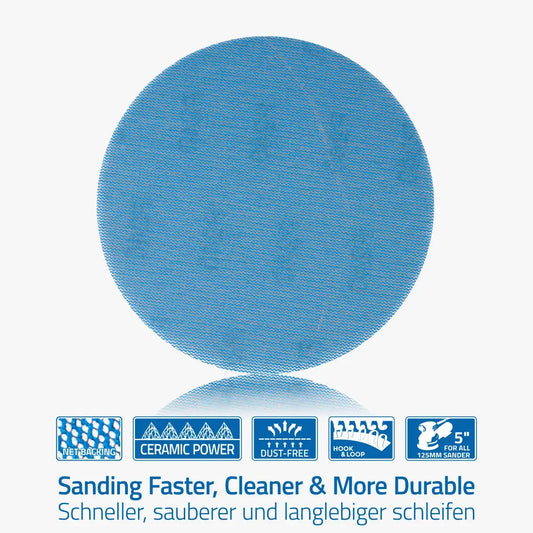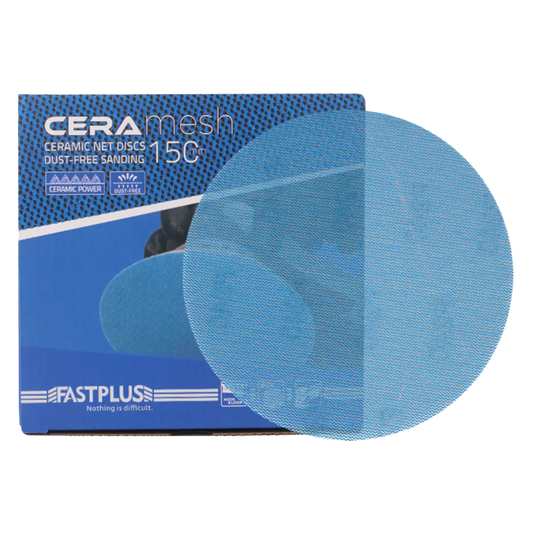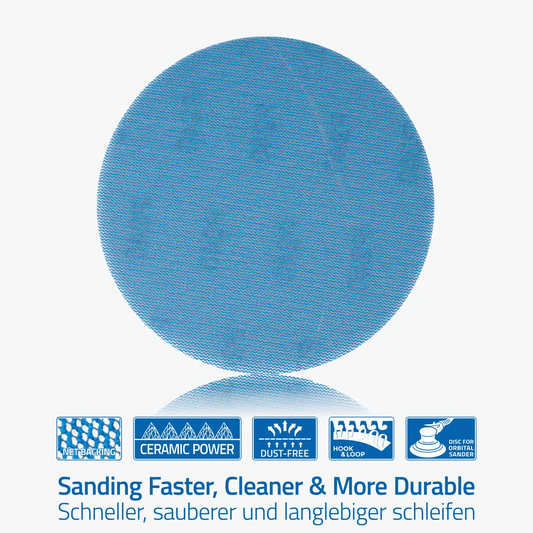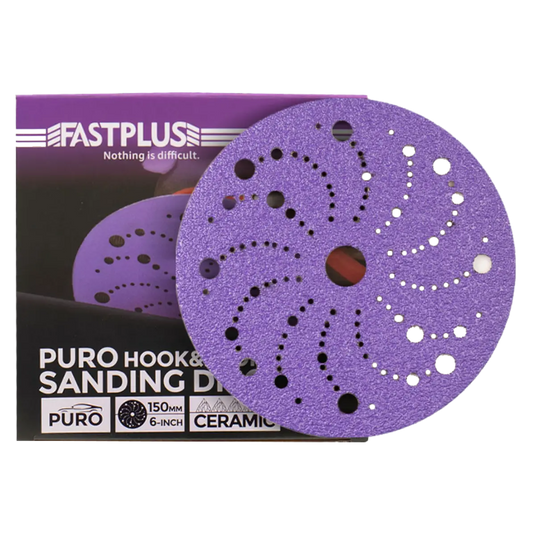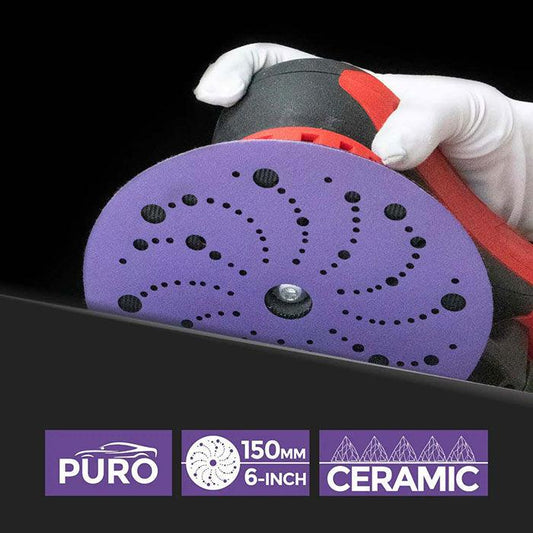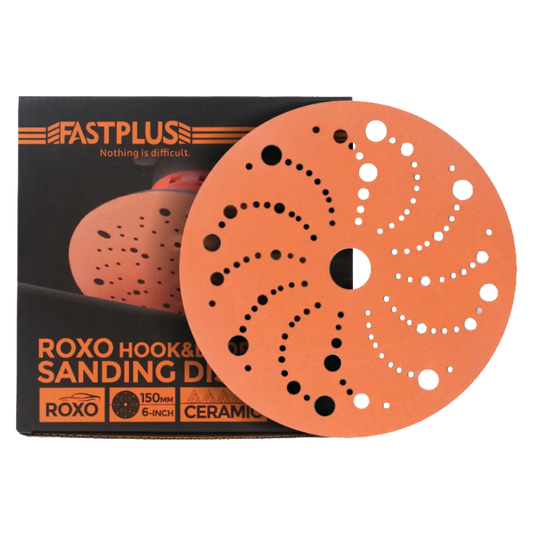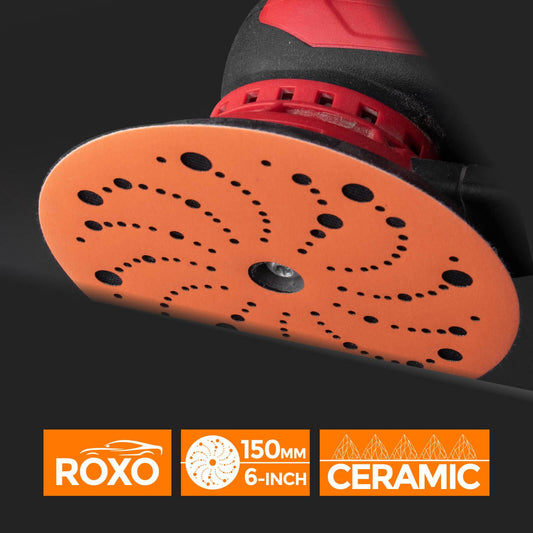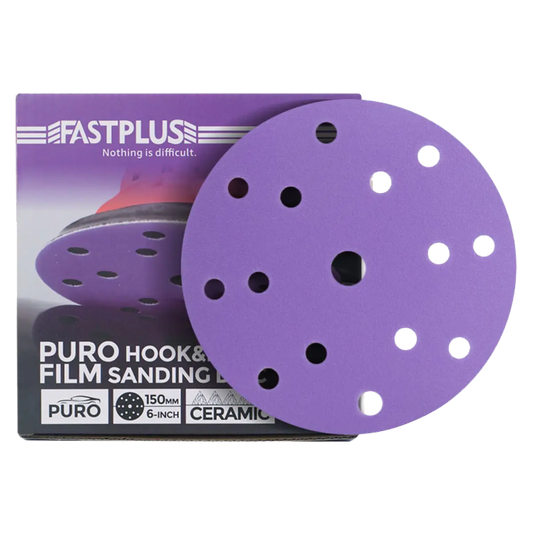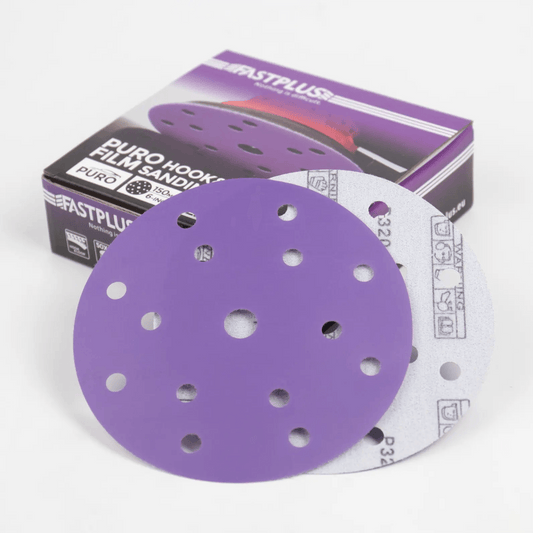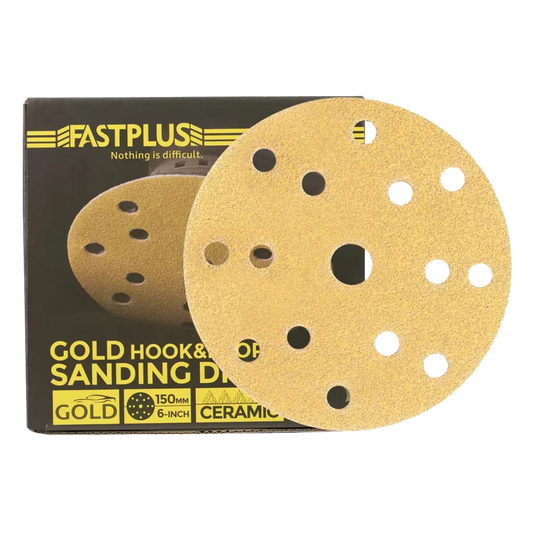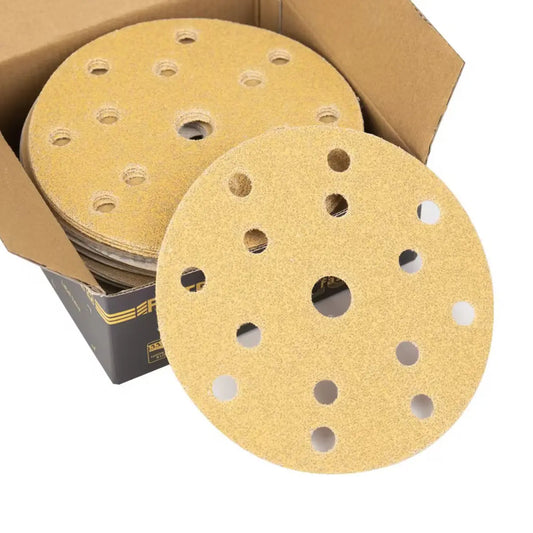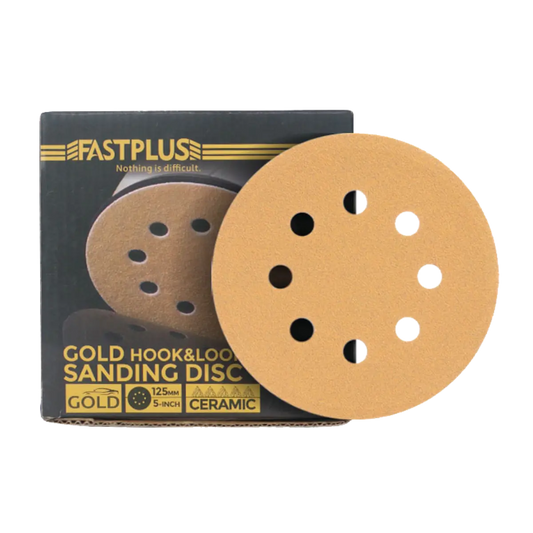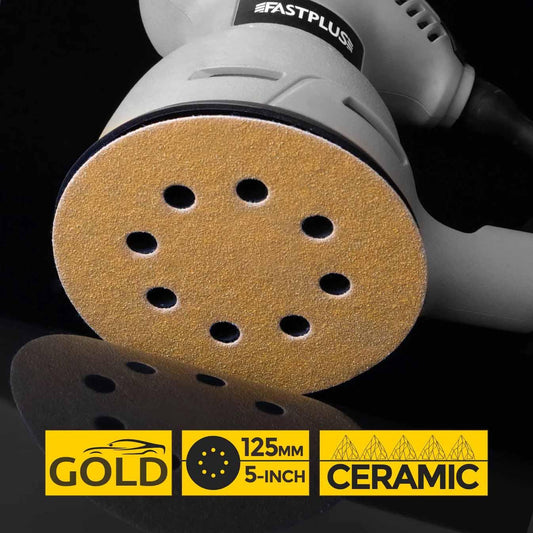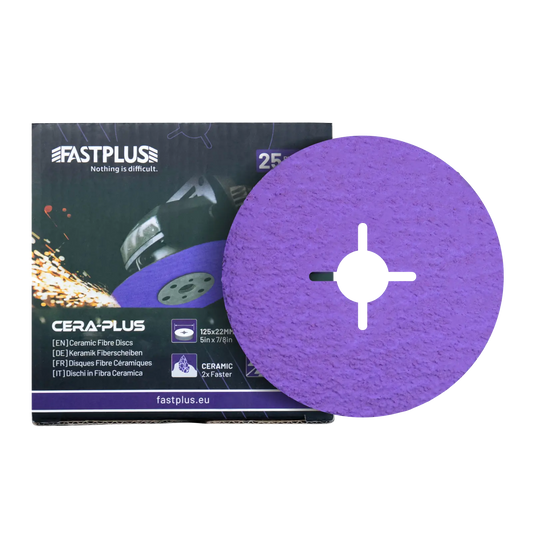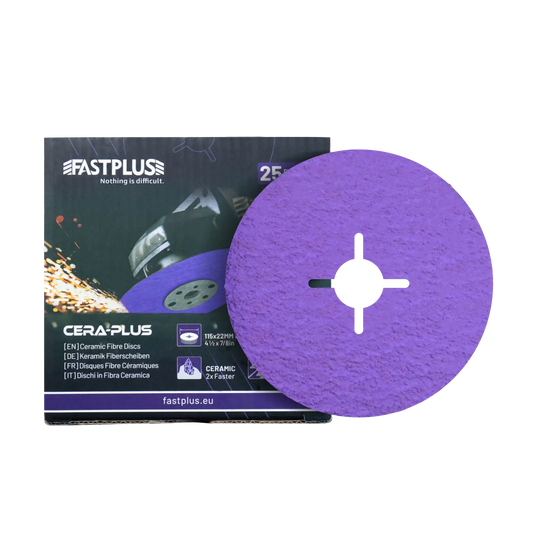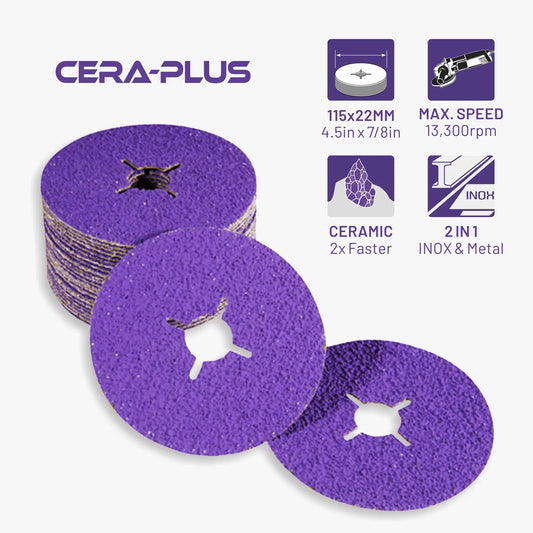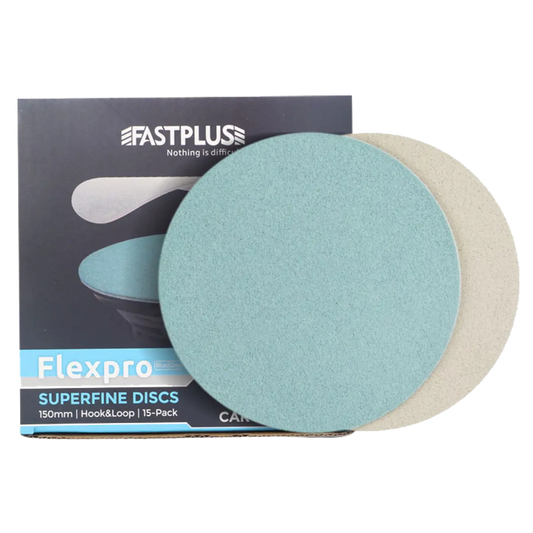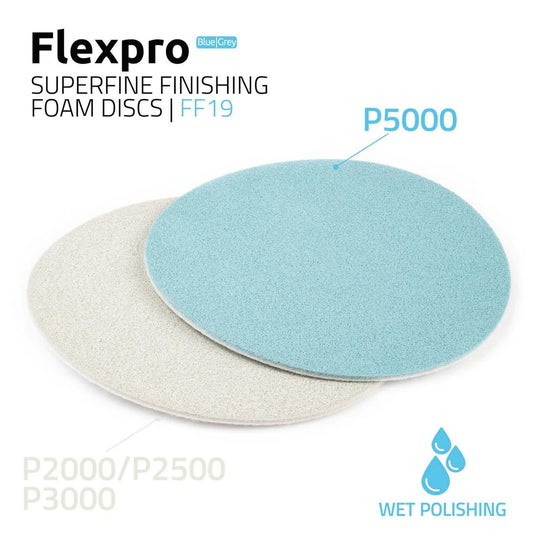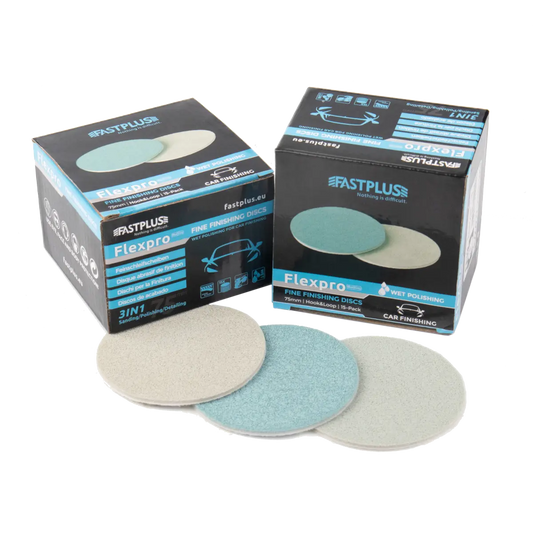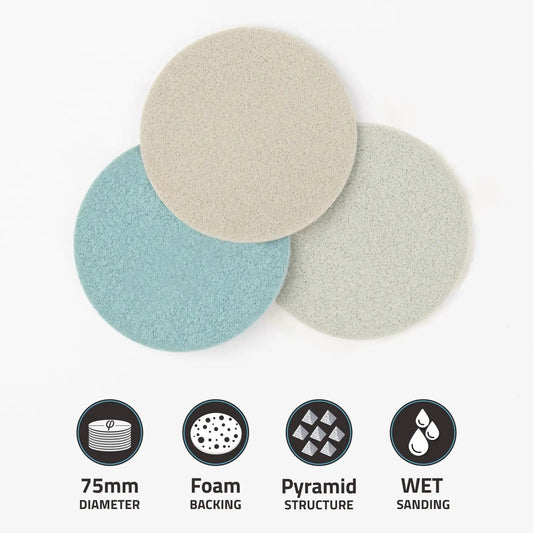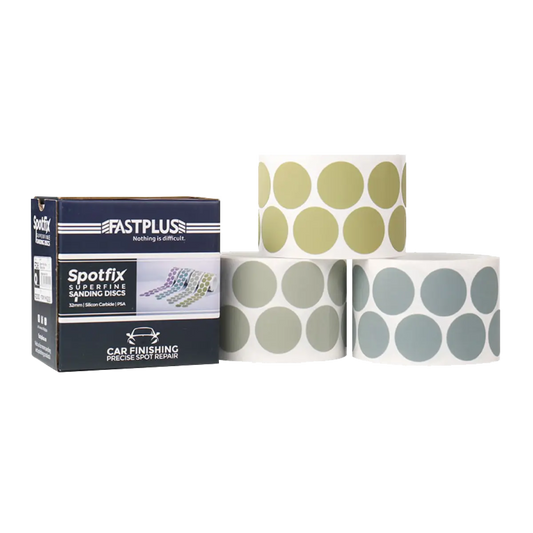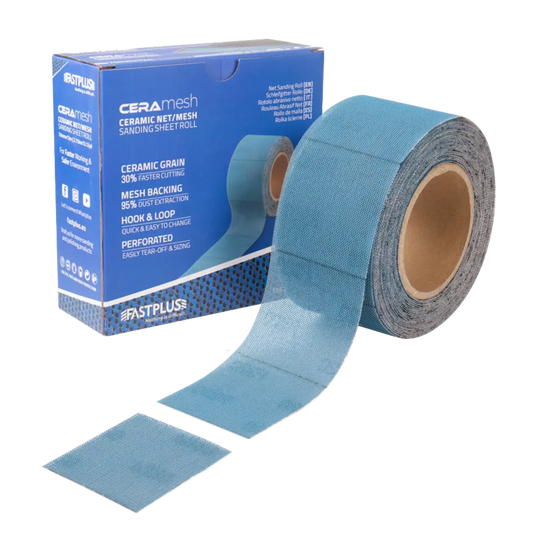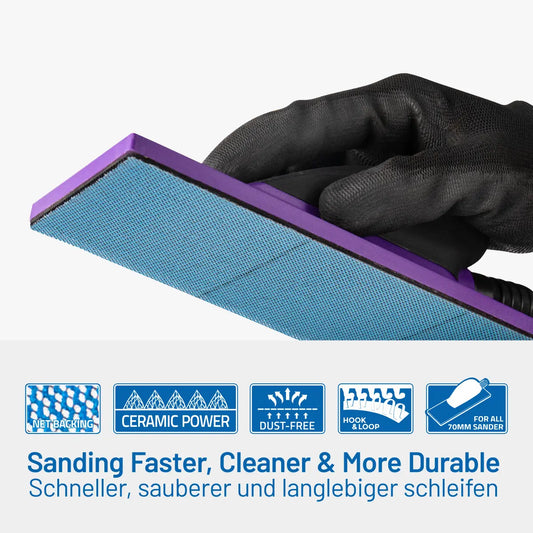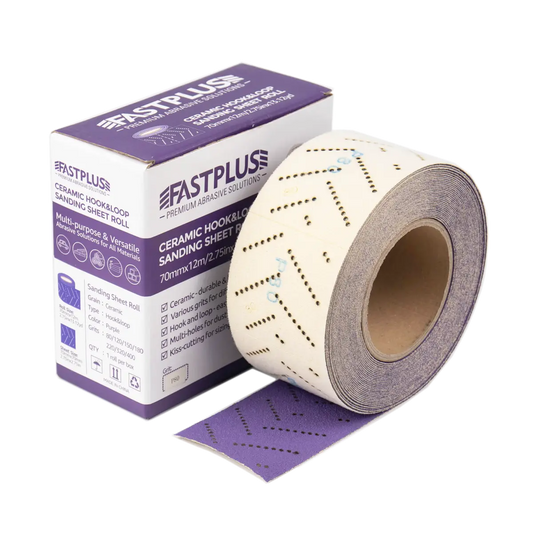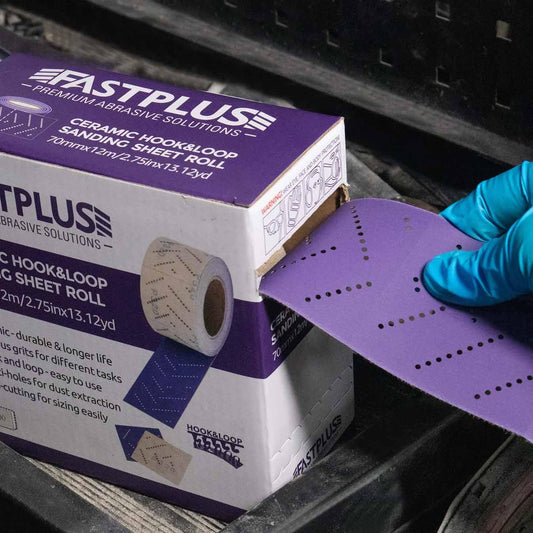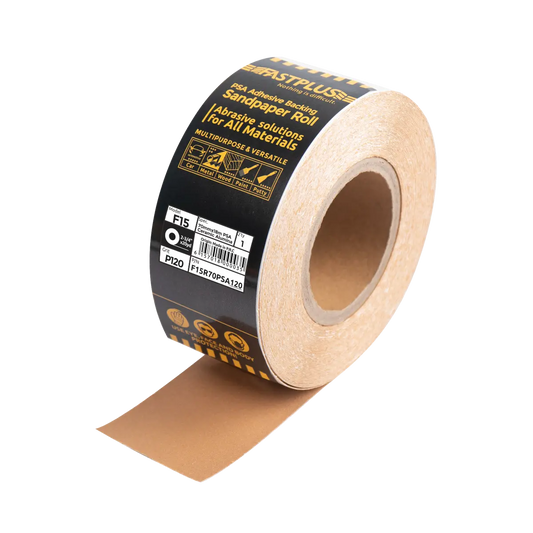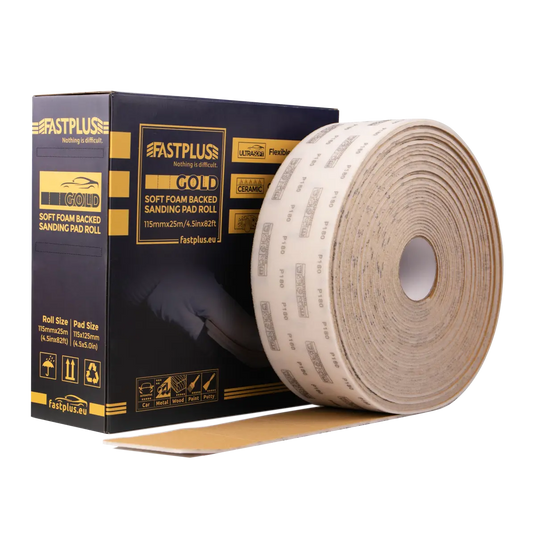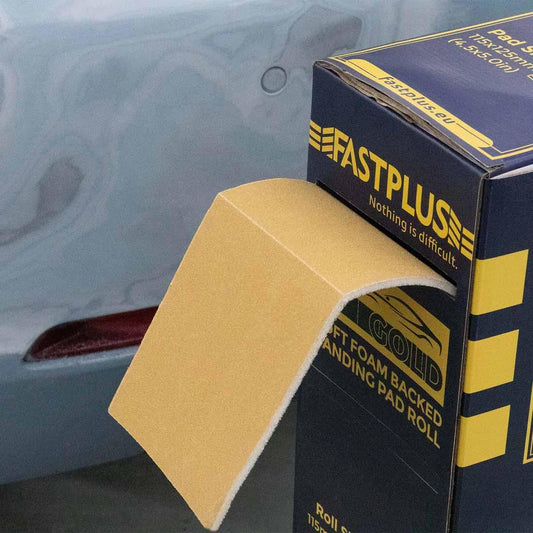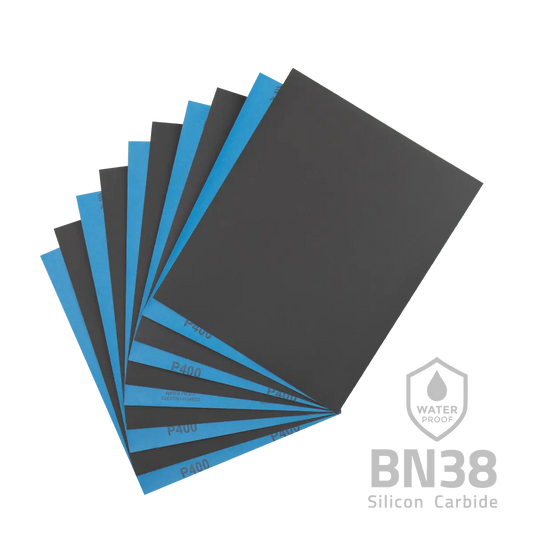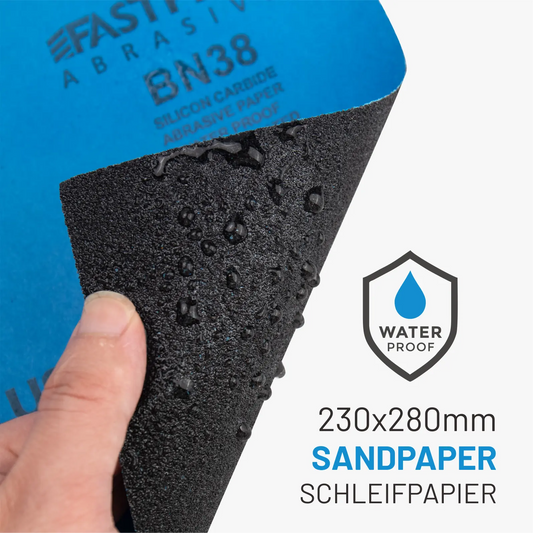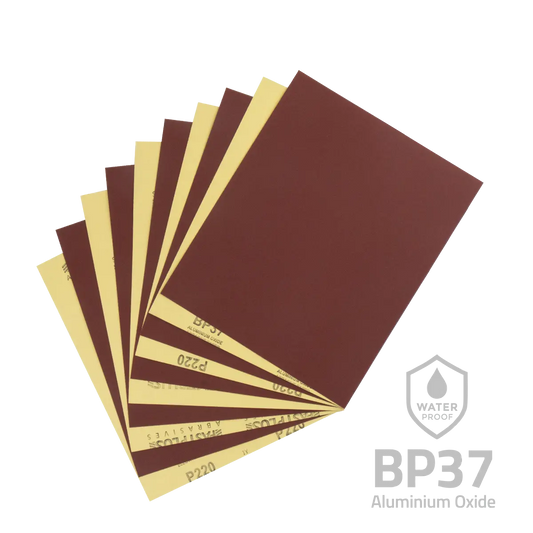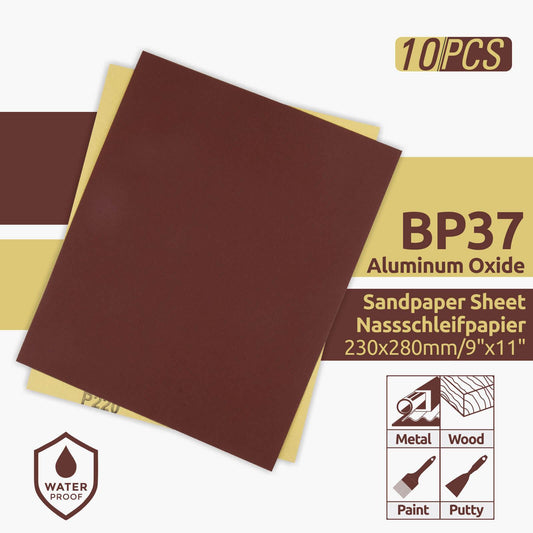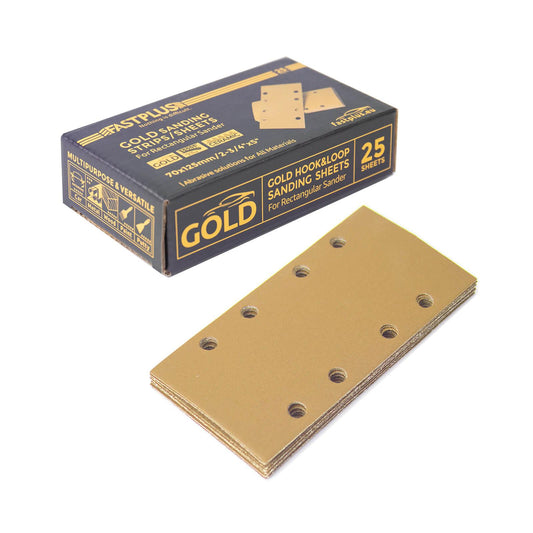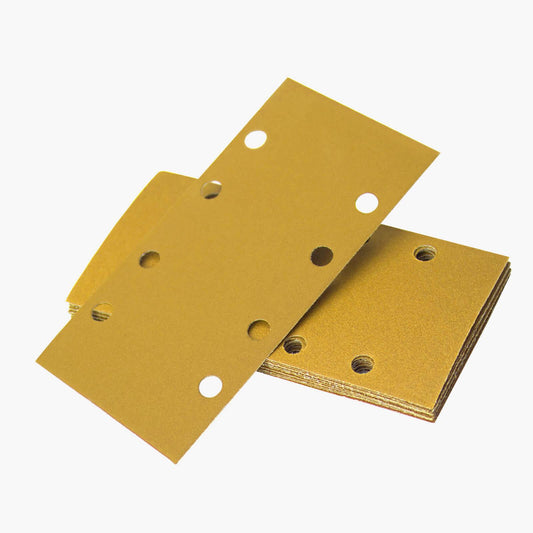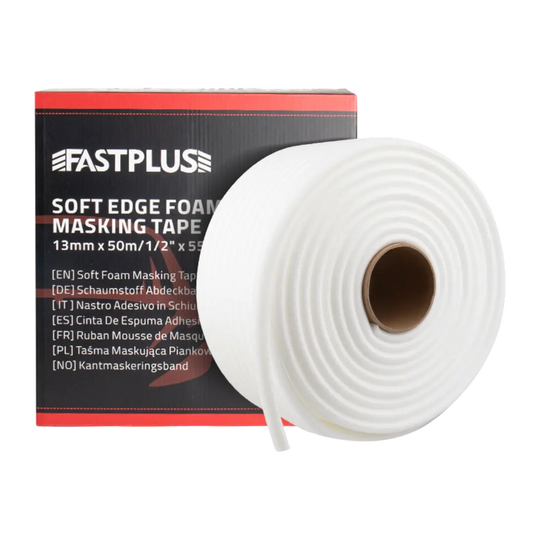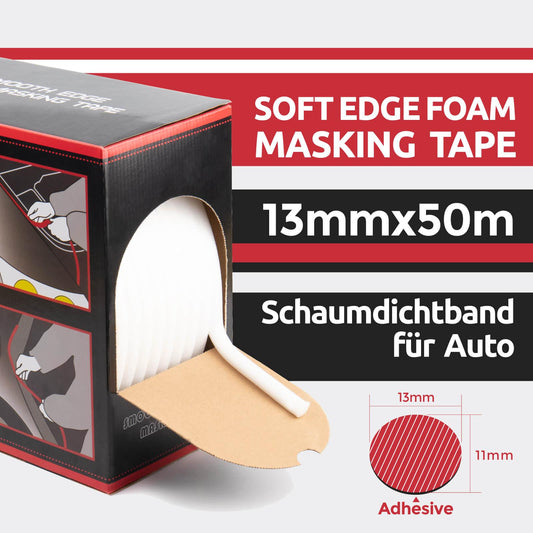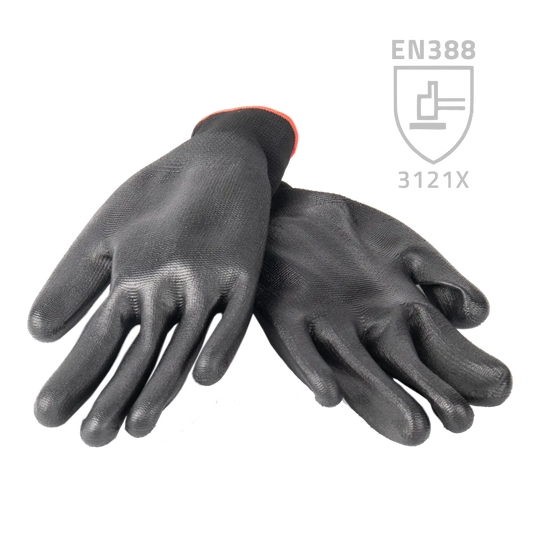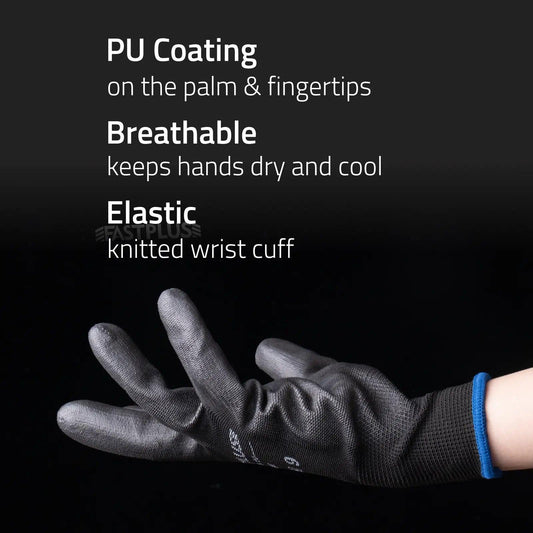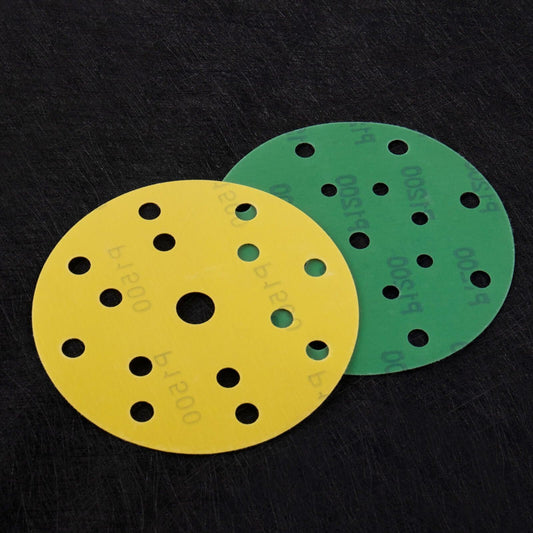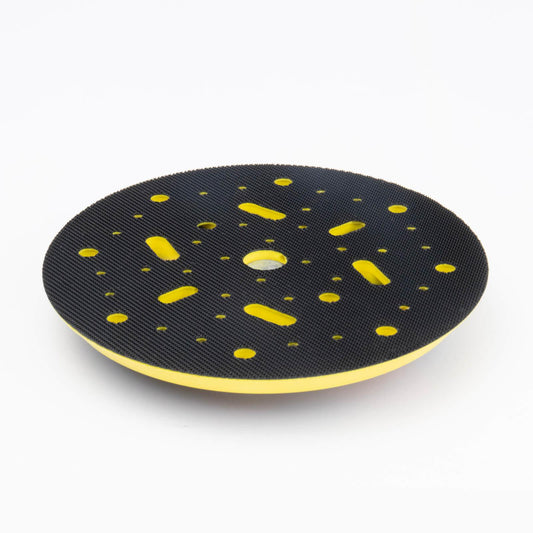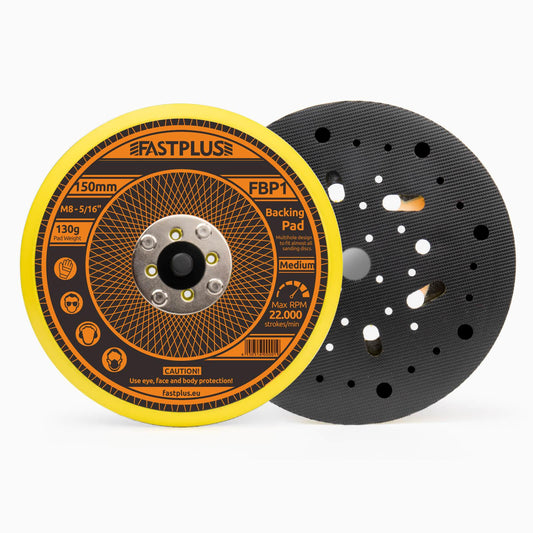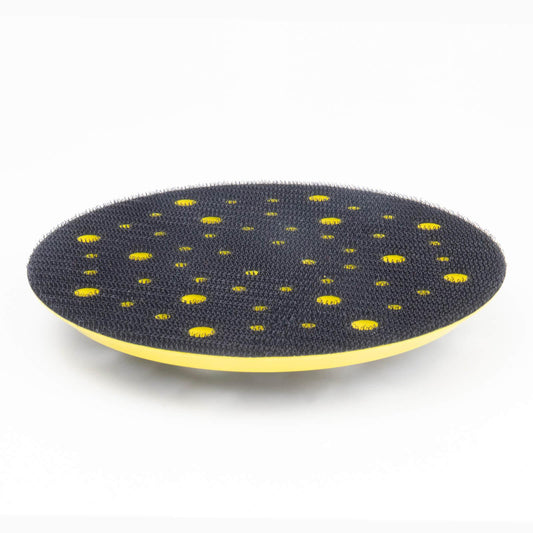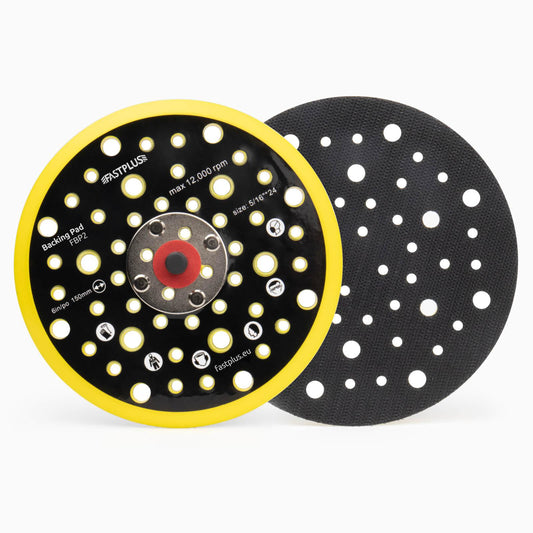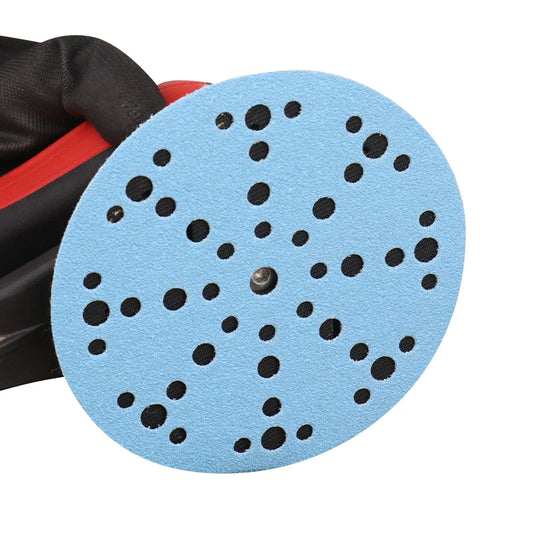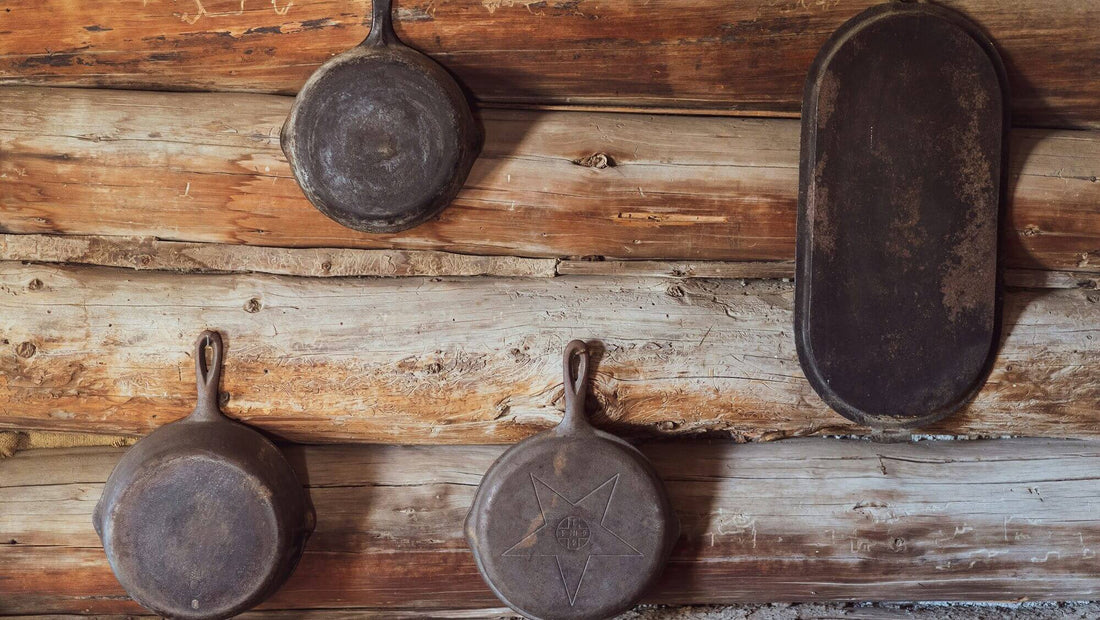
How to Restore a Cast Iron Skillet: Remove Rust and Paint, and Refinish
Cast iron skillets are valued kitchen items praised for their strength, adaptability, and ability to retain heat. Despite their resilience, these pans can develop rust and accumulate paint as time passes. Restoring a cast iron skillet requires addressing these problems and refurbishing the surface to restore its non-stick properties. This article will guide you in effectively restoring your cast iron skillet, as well as provide seasoning tips to maintain its reliability and usefulness in your kitchen for many years.
Common Issues with Cast Iron Skillets

Despite their robustness, cast iron skillets can face several issues if not properly cared for. Understanding these problems is the first step in effective restoration and maintenance.
Rust Formation Due to Exposure to Moisture
Rust is the most common issue faced by cast iron skillet owners. Cast iron is highly susceptible to rust when exposed to moisture. This can happen if the skillet is not thoroughly dried after washing, if it is left in a damp environment, or if it is not used frequently. Rust not only affects the skillet's appearance but can also create a rough, uneven cooking surface that impacts performance.
Paint Buildup from Improper Care or Use of Painted Cast Iron
While traditional cast iron skillets are typically unpainted, some modern versions or decorative pieces may come with a layer of paint. Improper care, such as overheating or using abrasive cleaning tools, can cause the paint to chip, peel, or burn, leading to an unsightly and potentially unsafe cooking surface. Additionally, a buildup of residues from cooking or cleaning products can mimic the appearance of old paint, requiring thorough cleaning and restoration.
Loss of Seasoning Over Time
The seasoning of a cast iron skillet may diminish over time, particularly with inadequate maintenance. Regular use of soap during washing, abrasive cleaning tools, or cooking acidic dishes can remove the seasoned surface. Without this protective layer, the skillet is at higher risk of rusting and food adherence. It is essential to restore the seasoning to preserve the skillet's non-stick qualities and overall performance.
Removing Rust
When tackling rust on your cast iron skillet, employing sandpaper for metalworking is a pivotal method for effective restoration.
Sandpaper serves as a versatile tool, enabling you to gradually eliminate rust buildup while preserving the skillet's integrity. Begin with a coarser grit (P60-P80) to address heavier rust areas, applying steady pressure in circular motions to lift the rust from the surface. As you progress, transition to finer grits (P220-P400) to refine and smooth the skillet, ensuring a polished finish conducive to optimal seasoning.
For stubborn rust patches that resist sanding alone, alternative approaches such as a white vinegar soak or a baking soda paste can be employed. These methods provide chemical assistance in breaking down rust particles without compromising the skillet's structural integrity.
Throughout the process, it's crucial to rinse the skillet regularly to assess progress accurately. It's important to note that while thorough rust removal is essential, retaining slight surface imperfections can actually enhance the skillet's ability to hold seasoning. This textured surface provides microscopic grooves where oil can bond, contributing to a resilient non-stick coating over time.
Removing Paint
When dealing with paint removal from your cast iron skillet, several methods can be employed to ensure thorough and safe restoration.
Chemical Stripper:
A chemical stripper is a highly effective way to remove paint from cast iron. Be sure to follow the provided instructions closely, prioritizing safety and maintaining proper ventilation in your work area. Apply the stripper evenly onto the painted surfaces and let it sit for the duration specified by the manufacturer. This process aids in dissolving the paint, facilitating its removal by scraping or wiping with a cloth.
Self-Cleaning Oven Method:
When dealing with persistent paint or extensive paint accumulation, certain people choose to utilize their oven's self-cleaning function. Simply position the skillet upside down in a preheated oven and activate the self-cleaning cycle following the oven's manual guidelines. This approach elevates the skillet's temperature significantly, leading to the burning off of the paint. Nevertheless, it's crucial to recognize that this technique may not be compatible with all oven models and could potentially result in the skillet warping if not handled with care.
Sandpaper Use:
Once chemical strippers or the self-cleaning oven technique have been applied, there might still be some small paint specks or tough stains left behind. In these instances, you can use fine-grit sandpaper to specifically target and remove them. Gently sand the affected spots with light pressure and even strokes, making sure to blend the edges with the surrounding surface for a flawless outcome. This method enables accurate elimination of any remaining paint while maintaining the integrity of the cast iron skillet.
Cleaning the Skillet
Once you've banished the final traces of rust or paint, it's crucial to neutralize the pan and prepare a fresh canvas for seasoning. Run hot water over the skillet, scrubbing gently with a soft sponge to remove any residual chemical strippers or cleaning agents. Don't be afraid to use a little dish soap here – a clean slate is essential for optimal seasoning adhesion. Once thoroughly rinsed, completely dry the pan. Here, two methods come into play:
Stovetop Method: Place the skillet upside down over low heat on a burner. Watch closely and keep it moving to avoid warping. The heat will gently evaporate any remaining moisture, ensuring a perfectly dry surface for the seasoning oil.
Oven Method (Well-Ventilated): For a more hands-off approach, preheat your oven to the lowest setting (around 200°F) and place the skillet inside, preferably on a wire rack for optimal airflow. Leave the oven door slightly ajar to allow moisture to escape. This method may take longer, but it ensures a completely dry pan without any risk of scorching.
Seasoning the Skillet
Cast iron skillets are celebrated for their exceptional heat retention, near-nonstick properties, and remarkable durability. These characteristics, however, are not inherent qualities but rather the result of a meticulous process known as seasoning. Seasoning creates a polymerized oil coating that bonds to the iron's surface, filling microscopic pores and forming a smooth, protective layer. By following these steps, you can effectively revitalize your restored skillet and establish a robust polymerized layer that would be the envy of any culinary professional.
Meticulous Oiling: A generous and thorough application of oil is essential. Using a clean paper towel, spread a thin, even layer of your preferred oil over the entire skillet, both interior and outside surfaces. Do not overlook the handle (unless made of wood). The goal is to make a continuous film, not a pool of oil. Excess oil should be cleaned away to avoid pooling or spilling throughout the baking process.
Polymerization Through Heat Treatment: Preheat your oven to 450 degrees Fahrenheit (230 Celsius). Once the required temperature has been achieved, place the oiled skillet upside down on the oven rack. Ideally, lay the pan on a baking sheet lined with foil to catch any drips. Bake for one hour at this high temperature. The tremendous heat will cause the oil to polymerize, changing it from a liquid to a hard, plastic-like film that adheres tightly to the iron's surface.
Cooling and Repetition: Patience is essential when building a strong seasoning layer. Turn off the oven and let the skillet cool completely in the covered oven cavity. This gradual cooling process facilitates further curing and hardening of the newly formed polymerized layer. Once cool, meticulously repeat steps 2 and 3 for two to three additional cycles. Each successive layer contributes to the overall strength and nonstick properties of the seasoning.
Conclusion
In conclusion, restoring a cast iron skillet requires effective rust and paint removal methods to ensure its durability and functionality in the kitchen. By utilizing Fastplus Abrasives' high-quality sanding products tailored for metal polishing, such as sanding sheets and discs, you can efficiently restore your skillet to prime condition. Proper cleaning and thorough seasoning afterward are crucial steps to maintain its non-stick properties and enhance its performance over time. With Fastplus Abrasives, achieving a pristine cast iron skillet that stands the test of time becomes a straightforward process, ensuring enjoyable cooking experiences for years to come.
